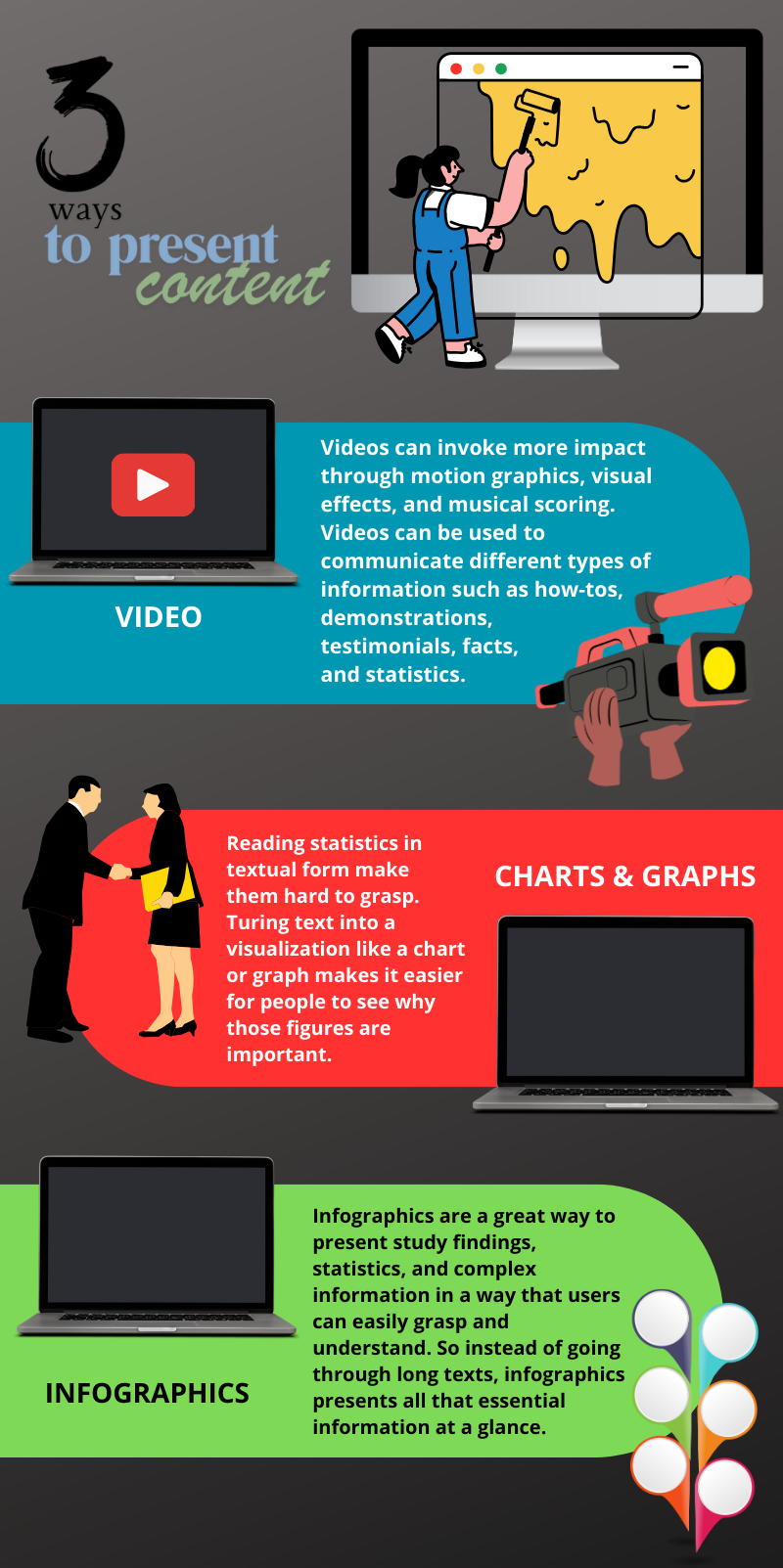
Sep 9, 2024 | Blog, Marketing, Online Sales Team, Small Business Marketing Strategy
7 Ways to Convince Prospects that You are the Right Company for Their Needs
When you go into business, you believe you have something special to offer to your customers. It’s important to identify that aspect of your business that makes it stand apart from your competitors. Especially, when in a highly competitive industry.
We believe; that for us, it is exceptional customer service. For some, it might be an innovative product or a strong brand. How you get this across to a prospect can make all the difference when you’re faced with a new opportunity. Here’s some ideas:
- Listen and seek to understand your prospect’s challenges and address their specific situation.
- Provide a solution to their problems, not just a product.
- Provide industry knowledge and educate them about your product by providing detailed descriptions of your products or services.
- Be transparent and reliable.
- Be aware that skeptical buyers are wary of jargon that sounds good but doesn’t mean anything.
- Learn the opinion of the person you’re speaking with and take that opinion seriously.
- Direct your prospect to a satisfied customer’s testimonial. (And don’t forget to ask for these testimonials to add to your website.)
If you are already doing these things, awesome! But sometimes, we can lose sight of what’s important to the prospect. We know what we can do for them. We know we can do the job and do it well; but, how we communicate that is what bring us the sale!

Sep 9, 2024 | Blog, Marketing, Small Business Marketing Strategy, Web Design
Businesses first started using the internet for commercial transactions in 1994/95. Today, most of us can’t even imagine what doing business would be like without the internet. I can remember what life was like before the internet, and I also know that my business wouldn’t have become a reality if it weren’t for the internet. So I am grateful for the internet and all the opportunities it has provided.
Considering businesses use the internet for their:
- Websites and website security
- Marketing
- Search engine optimization
- Accounting and accounting security
- Brand awareness
- Social media and their Reputation
- e-commerce and e-commerce security
- Customer support
- Cloud access
- Productivity
- Cost savings
- Presentations
- Content marketing
What could possibly go wrong?
Imagine waking up in the morning, looking at your website and finding it gone or offline! Worse yet, finding it hacked and held for ransom until you pay the ransom fee. (That’s probably the worst case scenario.) By having an IT consultant on your team you’ll know exactly 1) who to call and 2) you won’t have to explain the problem to a number of different technicians who aren’t familiar with your website.
The Value of an Online Marketing Team to the Small Business Owner
The most important marketing asset a small business can have is their website and all else flows from there. But often, small businesses are on a limited budget and will sometimes skimp on the website because they feel there so many “more important things” on which they need to spend money. I get it. Running a small business is tough and expenses are high and appear out of nowhere.
But someone once said to me, “the professionals I can’t do without are my attorney, my accountant and my web designer.” I would go one step further and include an IT consultant. Professional web designers and IT providers are crucial for a small business because along with the business owners’ expertise, they provide the necessary skills to help the small business owner market their business successfully.
Together the web designer and the IT consultant create an invaluable online marketing team. The professional web designer creates a beautiful, functional, and mobile responsive website; the IT consultant manages your website behind the scenes by hosting, securing and protecting your website. These two professionals go together like bread and butter, cookies and milk, hot dogs and beer…you get the picture.
The Web Designer.
A professional website designer not only designs your website according to modern trends and standards, but is able to add in the components needed to perform uniquely for your business. An attractive website is great, but, it also needs to function according to how you, the business owner, wants it to function. Here’s what you want to look for in a well-designed website:
- An appealing custom design
- Mobile responsiveness
- No broken links
- An SSL certificate installed for the visitor’s security
- Compelling website content that can be repurposed for social media and email marketing
- Good visuals
- Social media integration
- Quick to load
- Secure from hackers
- A smooth user experience – easy navigation – good content
- Call to Actions
- Accessibility to conform to basic ADA standards
- Cookie notices to let your visitors know your website is collecting information about their visit to give them a more personal and convenient website visit.
- Secure contact forms
- Quality but condensed text
- Well-designed home page
- Low bounce rate (How quickly visitors leave your website)
- A gateway to allow payments online (if that is something the business owner wants)
The IT Consultant
A web designer who works with an IT consultant is invaluable to you, the small business owner. Without IT, the website not only couldn’t be published, but it would be open to all kinds of problems. The IT consultant keeps your website running and safe from technology failure, hackers and malware by providing the following:
- Technical support
- Update software
- License renewal and ensuring compliance
- Regulatory compliance
- Assess potential threats
- Hardware repairs
- Install and configure hardware and software
- Hardware and software procurement
- Maintaining hardware and software
- Cybersecurity
- Data storage and backups
- IT Security
- Installs and interprets website analytics
The Bottom Line
If you want to find customers, you have to market your business and an online marketing team, working together with you and for you, will provide everything you need to successfully market your small business.
Together, these two professionals working as a team for you is immeasurable. One team. One phone call. Multiple services.

Sep 9, 2024 | Marketing, Small Business Marketing Strategy
Small Business Marketing Tips for a Poor Economy
Whatever you do, don’t stop marketing when the economic conditions aren’t favorable. The economy will improve at some point and you’ll be ahead of the game once it does. Keep your small business presence in your market. It also provides your target market with the confidence that your business is still thriving and healthy.
• Be strategic with your marketing and advertising efforts. This is where a marketing plan will be helpful. A marketing plan is a roadmap to your destination to keep you from getting lost and wasting precious time and money.
• Focus on your existing customer base and reward their loyalty with a loyalty plan or referral program.
• Create content that is informative and valuable that will help your target market. For example, a landscaping company might consider creating a calendar with gardening tips or advice to give to their loyal customers.
• Use data insights to show the value of your marketing and increase profitability.
• Remain agile and ready to pivot at any time. Read the book “Who Moved my Cheese?” for the reason why being open to change in your business is important.
• Consider doing videos and podcasts, to attract and build trust with customers.
• Improve the affordability of your offerings.
If you’ve never done a marketing plan, now is the time. With the New Year coming up, this is great time to review your marketing strategies to determine what has worked, what needs to be changed, and what new strategies can you add.
Download a Marketing Plan Template
You can download a marketing plan template HERE. If you need help in determining new strategies, we would be happy to help you. Just fill out the contact form at the bottom of the page and we will contact you.
Mar 1, 2024 | Blog, Content Marketing, Marketing, Small Business Marketing Strategy
If you operate a small business or practice it can be difficult to determine a cost effective way to stand out among the larger businesses or firms. The goal of our weekly newsletter is to provide you with back to basics marketing strategies and website trends and ideas specifically aimed at helping small businesses and professional practices become more visible among all the “voices” competing for your prospects.
Consider your website. While it is your most important marketing asset; driving prospects to your website can be challenging. With a 1) plan and 2) persistence, you can successfully use your website as your primary marketing tool. We will be discussing this in more detail next week.
Consider your marketing strategy. Trying to fit into a one size fits all marketing strategy; one that seems to work well for other businesses, is a recipe for failure. It’s so easy to be tempted to spend money on digital marketing strategies that promise a good ROI. Not that this is not a viable option but you have to make sure it’s right for you! Your strategy should reflect your business objectives and “personality” (a reflection of you as owner or principal).
Consider the SWOT analysis. This chart will help you evaluate your strengths, weaknesses, opportunities, and threats and it will help you plot your marketing road map. You likely completed a SWOT analysis when you started your business or practice. Now, take a step back and reevaluate your strengths, weaknesses, opportunities, and threats in terms of marketing.
Consider this. There are many forms of digital marketing and they can be implemented singly or as a unit to determine which one works best for you. Just because certain marketing strategies are promoted and it seems like all the other businesses are using the same strategies, doesn’t mean they are the strategies you should be using. You have your own special area of expertise and sometimes, in order to stand out you have to NOT do what everyone else is doing! We know that sounds counterintuitive but that’s how we end up getting lost in the crowd.
“Smart brands don’t just ride trend shifts. They start them.” – Ann Handley
Mar 1, 2024 | Blog, Content Marketing, Marketing, Small Business Marketing Strategy, Social media marketing, Web Design
Creating Good Content for Your Website and Why it’s Important
Often, in conversation, it’s not what you say, but how you say it that can make all the difference in the world. The same principal can be said for your website content. There are many ways content can be presented, and how it’s presented might make the difference between increasing customer interaction and a customer closing down your website as soon as it’s opened.
Video
Videos provide an entertaining way of presenting content in a short period of time. Because it allows for movement, videos can invoke more impact through motion graphics, visual effects, and musical scoring. Videos can be used to communicate different types of information such as how-tos, demonstrations, testimonials, facts, and statistics.
Charts and Graphs
These have been used for years for visually presenting data. They have their place particularly when providing data in business meetings or research. Statistics add more credibility to your content, but reading them in textual form make them hard to grasp. Turing text into a visualization like a chart or graph makes it easier for people to see why those figures are important.
Infographic
Being a designer, this is my favorite. Infographics have been around alot longer than we think.
Infographics are a great way to present study findings, statistics, and complex information in a way that users can easily grasp and understand. So instead of going through long texts, infographics presents all that essential information at a glance.
You might ask, how are these forms of content used in your marketing. The great news is that once you have them, they can be repurposed in many ways. For example, this article started as an email. The email is created like an outline; snippets of information so as not to force the reader to read through paragraphs of text.
For this blog article, we added a bit more text to the email format. After publishing it here, we post it to various social media platforms. Finally, fleshing out the “outline” more, we use the same content for our newsletter. Developing this process even further, you can create a series of articles on one topic, turn it into an e-book and offer it on your website for people to purchase and download.
As an example of “it’s not what you say, but how you say it,” I created an infographic based on the three forms of content mentioned at the beginning of this article. Which is more interesting to view? Which helps you grasp the data easier? Which takes less time to read?





